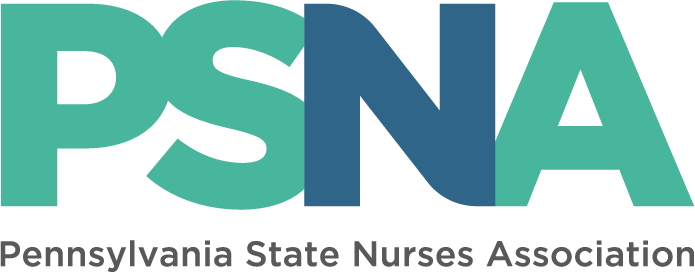That Other Greenhouse Gas and What Gov. Tom Wolf Plans To Do About It
by Elaine Labalme, PSNA Environmental Health Committee
We’ve heard much talk about President Obama’s Clean Power Plan (updated 2/2016; retrieved 3/16 from https://www.epa.gov/cleanpowerplan), an effort to reduce carbon pollution from coal-fired power plants by 32 percent by 2030 (compared to 2005 levels). This is the cornerstone of the commitment to climate change made by the U.S. at last year’s Paris climate conference. This carbon reduction is largely being facilitated by a switch to natural gas generation, a strategy which will backfire if methane pollution – the other greenhouse gas – from natural gas operations is not held in check. For this, Governor Tom Wolf has a plan.
First, some background on methane pollution. Methane, or CH4, is a potent greenhouse gas that has 84 times the warming potential of C02 in the first 20 years of its release into the atmosphere. Alongside other toxic co-pollutants, it leads to the formation of ground-level ozone (smog) that exacerbates asthma in children and lung and heart disease in the elderly and disadvantaged. This should be especially concerning to Pennsylvanians as the American Lung Association’s annual State of the Air report routinely gives our major metros and many other regions failing marks for air quality.
Left unchecked, methane pollution could also put us into “climate disaster territory,” according to research scientist Dr. Albert Presto of CMU. Fortunately, the technology exists today to capture 40-45 percent of methane emissions for a penny per thousand cubic feet (mcf) of gas produced.
Gov. Wolf recently proposed a four-point methane reduction platform (1/2016; retrieved 3/16 from http://www.dep.pa.gov/Business/Air/Pages/Methane-Reduction-Strategy.aspx#.VvRJbkItgUS) for Pennsylvania, essential for what has become the second-largest natural gas producing state in the nation. Gov. Wolf aims to issue new and revised general permits for oil and gas operations, promulgate rules for existing sources of methane pollution from industry, and institute best management practices for gas production, gathering, transmission, and distribution lines.
The oil and gas industry nationally leaked $1 billion worth of natural gas in 2014 (10/2014; retrieved 3/16 from https://www.edf.org/sites/default/files/us_methane_mitigation_industry_report.pdf). This was enough to heat nearly every home in Pennsylvania. Possibly more troublesome is the fact that Pennsylvania does not have a handle on the full extent of its natural gas leakage as industry self-reports data using suspect calculations. Even Pennsylvania Department of Environmental Protection Secretary John Quigley recently stated that current emissions data is an underestimate. “We don’t know what actual emissions in Pennsylvania are, but we know they are far higher than the number that we are reporting” (Legere, Pittsburgh Post-Gazette, 1/21/16; retrieved 3/16 from http://powersource.post-gazette.com/powersource/policy-powersource/2016/01/21/DEP-State-s-methane-figures-unrealistic/stories/201601210065).
The proposed methane rules will receive a full public vetting over the next 12-18 months and public participation is critical. Residents of the Commonwealth, public health professionals, and others who are concerned about the health of our children and families will want to participate in upcoming public hearings and public comment periods around the rules.
It is safe to say that RNs hold an important space in this public debate as their commitment to their profession and patients is well understood. The nursing community has long been a respected voice in the court of public opinion.


